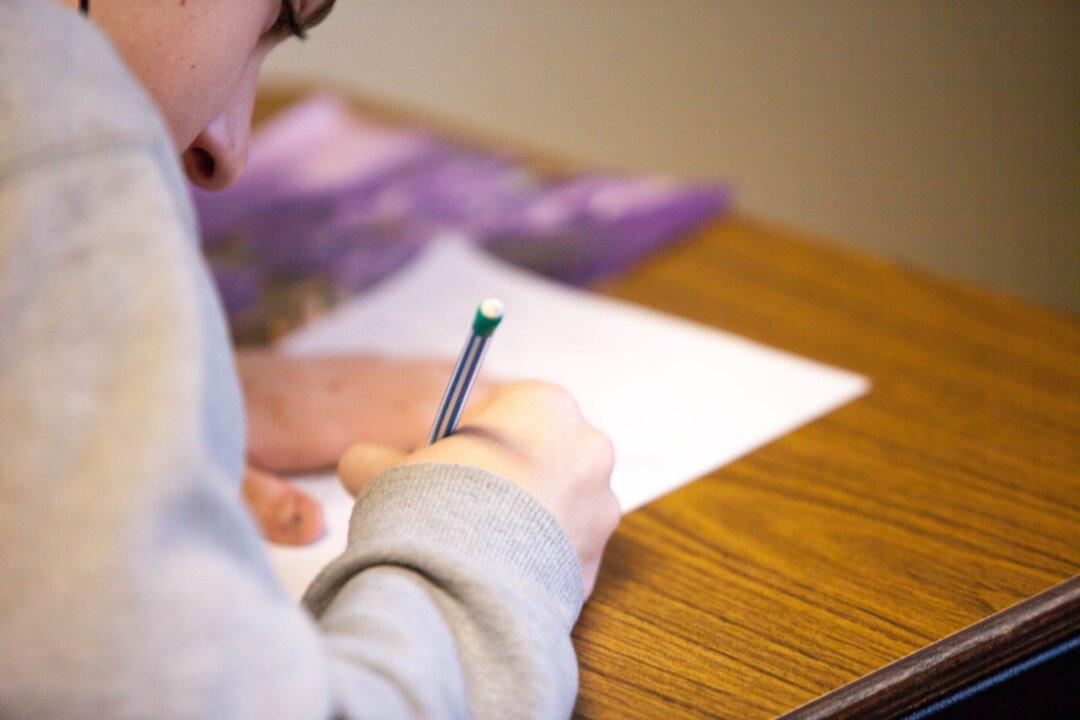Students under stress during the pandemic often used technology to cheat at higher rates, a new survey by four professors reveals.
Cheating using smartphones, using multiple computers to avoid screen lock programs, or copying papers to turn in online aren’t new tactics. But these behaviors increased among students during COVID-19.
The increase was worst in online classes, according to the survey.
“The types of cheating have changed. So, the dynamics of using more technologies have given more access to greater cheating,” said Missouri State University professor James Sottile, one of the survey’s designers.
Marshall University professor George Watson, Sottile, Kansas State University associate professor Jia Grace Liang, and Missouri State professor Bonni Behrend emailed an anonymous survey to about 12,000 college students. Of those contacted, 701 students answered.




